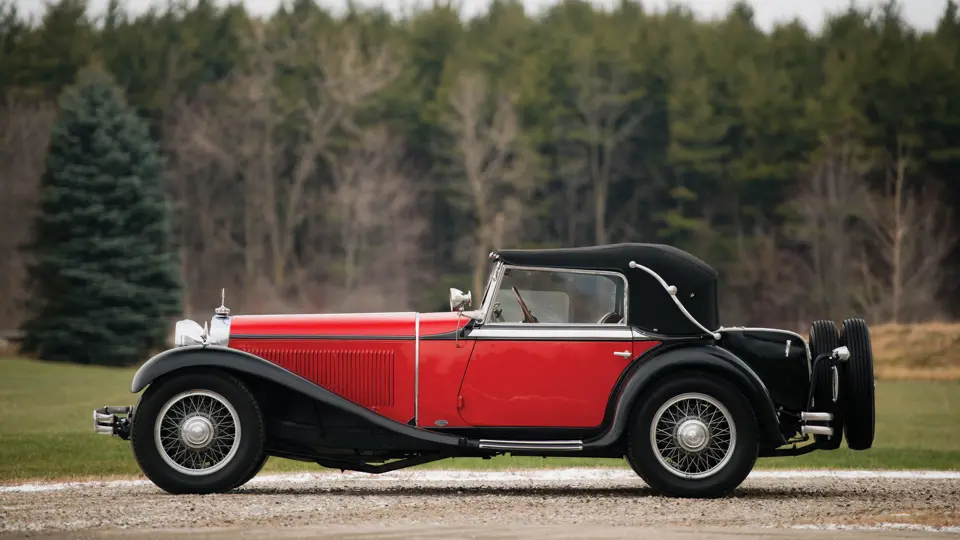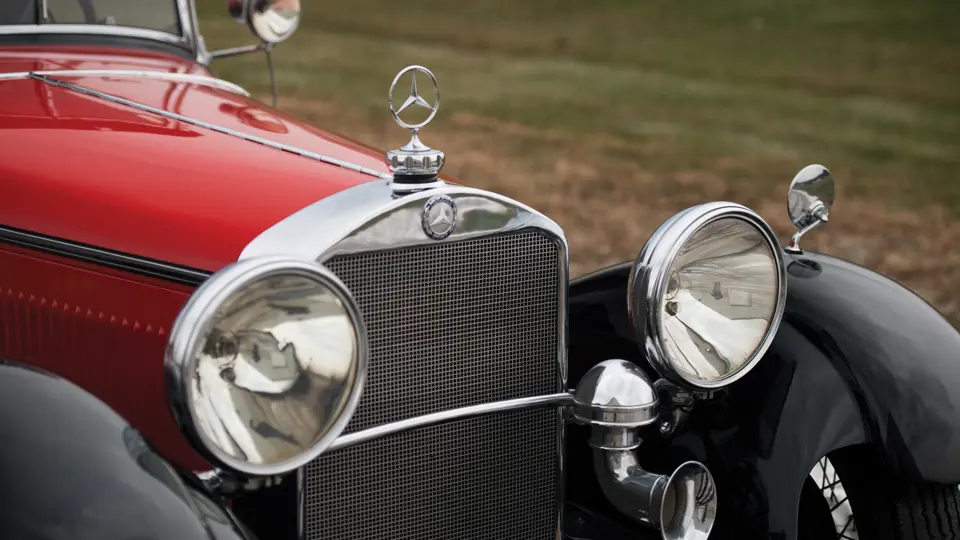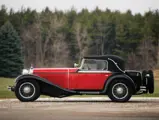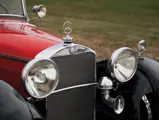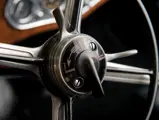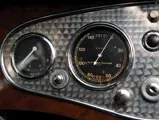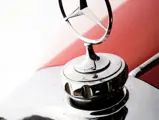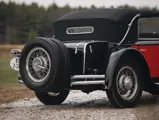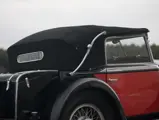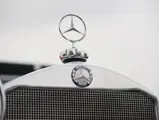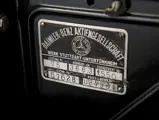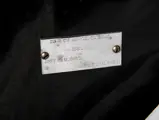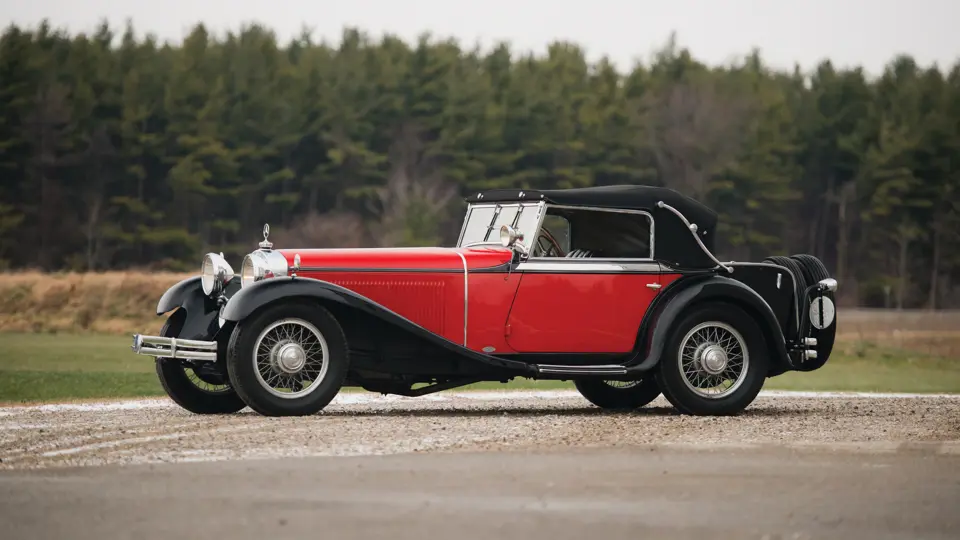
1931 Mercedes-Benz 370 S Mannheim Sport Cabriolet
{{lr.item.text}}
$671,000 USD | Sold
{{bidding.lot.reserveStatusFormatted}}
- Mercedes-Benz’s exciting “sports” model of the early 1930s
- A genuine example with the original body, engine, and chassis
- Formerly owned by Joe Loecy and Ernest J. Toth Sr.
- Regularly shown for 50 years
- Well known and respected by enthusiasts
75 bhp, 3,689 cc inline six-cylinder engine with dual carburetors, three-speed manual transmission with overdrive, semi-elliptic leaf-spring suspension in the front and rear, a solid rear axle, and four-wheel mechanical brakes. Wheelbase: 112 in.
In 1926, two of Germany’s premier car manufacturers, Daimler and Benz, joined forces, creating Daimler-Benz A.G. To symbolize this union, a new logo was created: the Mercedes three-pointed star was placed inside of a circle with the names “Mercedes” and “Benz” around it, which was bordered by a pair of laurel branches. With a pair of factories at their disposal, the “Mannheim”-designated Mercedes-Benzes were built at the Benz Works facilities in Mannheim, Germany, while the “Stuttgart” cars were built at the Daimler factory in Stuttgart.
Both manufacturers were well respected when it came to creating cars of a sporting nature, and it was immediately clear that the union would serve to produce even more sporting automobiles in the future. Of the models created in the years following the merger between Daimler and Benz, the Mercedes-Benz 15/75 HP 370 stands out amongst the rest as one of the most elegant and sporting cars to come out of the factory at Mannheim. These cars helped to pave a clear road for the development of future sporting cars that would wear the three-pointed star. Some of Mercedes-Benz’s most popular and historically significant automobiles, namely the 540 models, owe a part of their development and existence to the 370 models.
The 370 S model utilized the shortest wheelbase when compared to its closest siblings, the 350 and 380 models, as well as the supercharged 370 K. This helped to give the car a much sportier feeling, and as a result, the 370 S was considered to be much more of a driver’s car than something to be chauffeured in. Performance was stately, as it produced a normally aspirated 75 horsepower and had a top speed of 75 mph. This was fast enough to cruise at speed on Germany’s new system of highways, and it was simultaneously comfortable, as the engine was mated to Mercedes’ three-speed manual gearbox with overdrive.
Not only was the 370 S an exciting car to drive, but it was also just as exciting to look at. As per usual with Mercedes-Benz vehicles of that era, the 370 S oozed sophistication and elegance. With a beautiful body that featured flowing wings that juxtaposed with the uniformity of the Mercedes-Benz grille, the 370 S was a thing of beauty, and it is a very elegant car indeed, especially when bodied as a convertible or roadster.
The 370 S Sport Cabriolet offered here is especially noteworthy for its dual rear-mounted spares, which give it the proper Continental appearance, evocative of period sporting machines. According to Mercedes-Benz in Germany, this car, which bears kommission number 67628, was delivered through the Daimler-Benz branch in Berlin to its first owner on June 8, 1932. It has had its ownership history traced back to the early 1950s, when it was owned by pioneering collector Joe Loecy, of Ohio. Mr. Loecy eventually decided to part with the 370 S, selling it to a longtime friend in the Classic Car Club of America, Ernest J. Toth Sr., also of Ohio.
Mr. Toth and his son, Ernest Jr., spent several years restoring the Mercedes-Benz to its original condition. The car’s mechanicals were completely rebuilt, and they refinished the body in a striking black and red. One of Mr. Loecy’s restorers, who were all known at the time for the quality of their work, fitted the black leather upholstery. The wheels were painted and had polished aluminum rims. The result was shown in regional CCCA activities during the late 1960s, and it became a Senior award winner. Today, the car still proudly displays its badge.
In more recent years, the 370 S has formed part of an important Mercedes-Benz collection in the American Midwest, where it has enjoyed the best of care. Its original restoration has mellowed over the years, but the brightwork and paint still hold a good shine, and the interior is lovingly worn and still soft. The window gaskets will require replacement, and the wooden steering wheel is aged, cracked, and in need of repair. The underside shows its age and some wear, in keeping with the 30,100 kilometers registered on the dashboard, but a thorough detail would make it much more presentable. In general, the car would be a very presentable CCCA CARavan car with some freshening. It would also be the best possible basis for a concours restoration, as it is totally complete and well preserved, with all of its original trim and hardware intact.
This car, an unimpeachably authentic survivor, deserves to be part of any fine Mercedes-Benz collection, where it will be treasured as one of the rarest cars of the era to bear the Star and the Laurel.


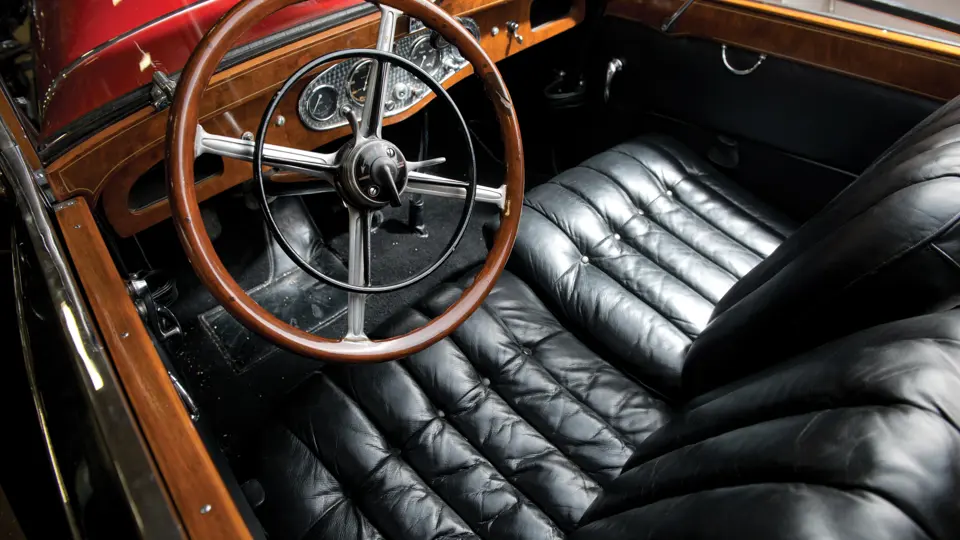

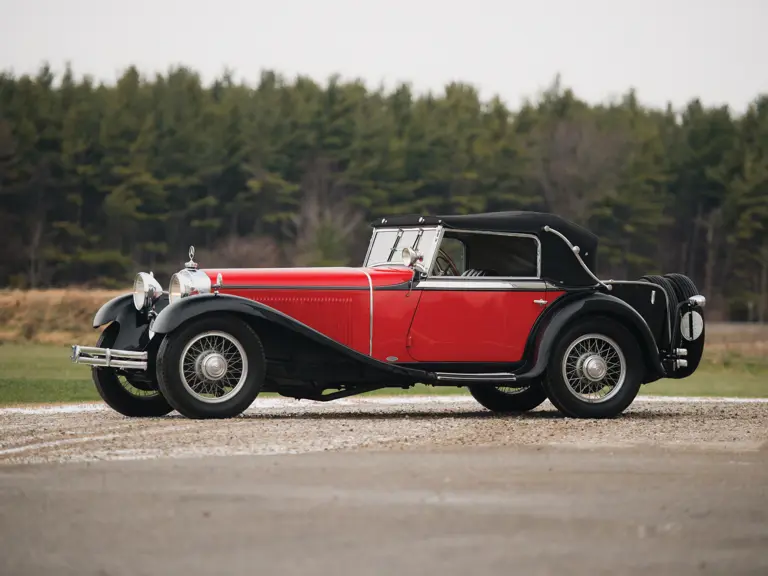
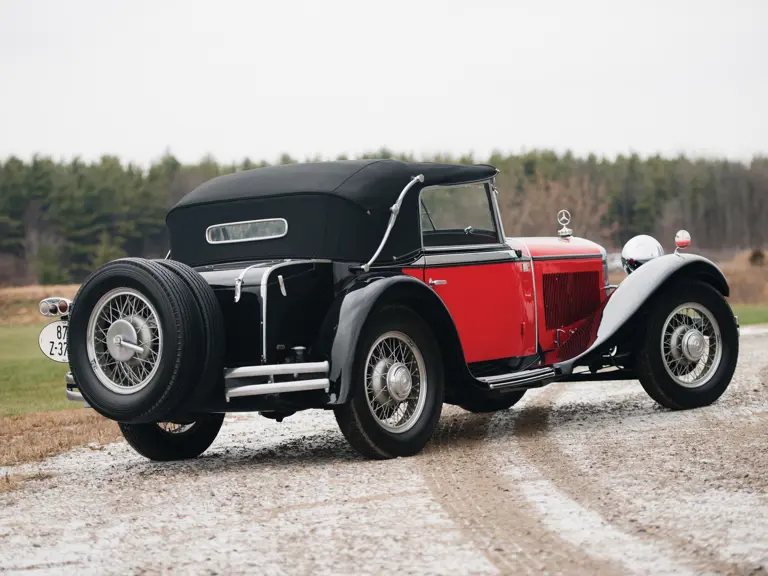
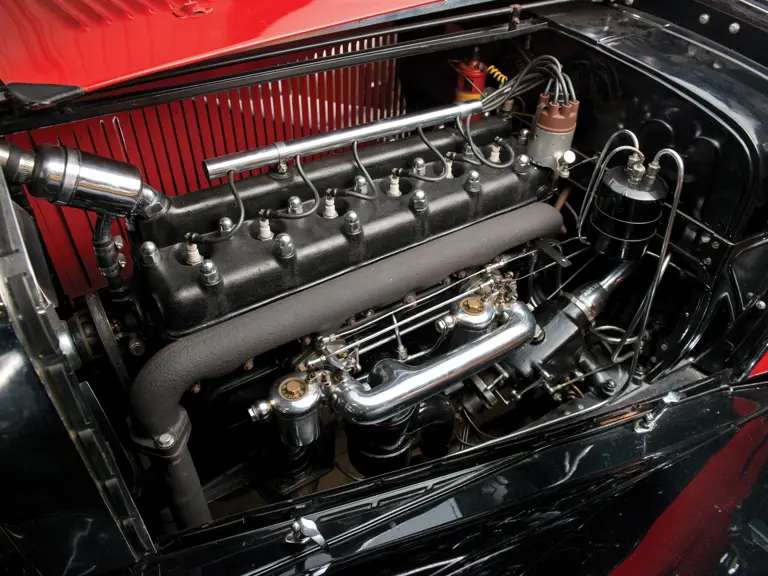

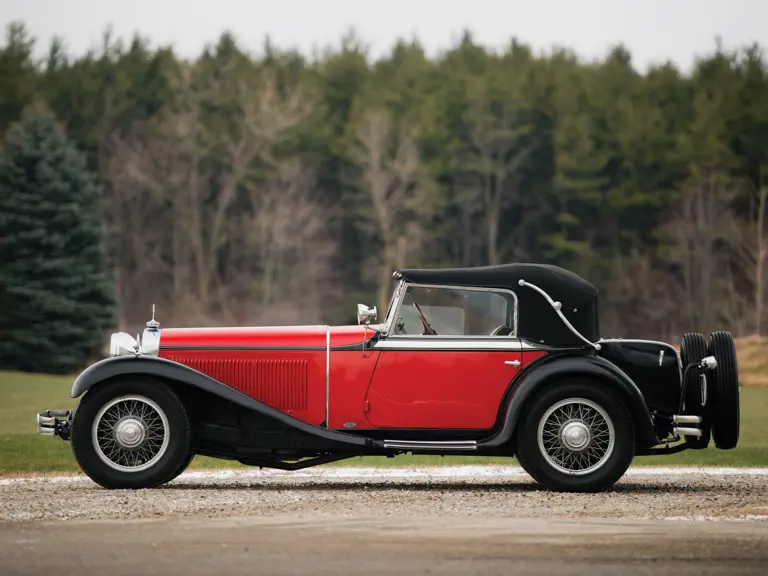
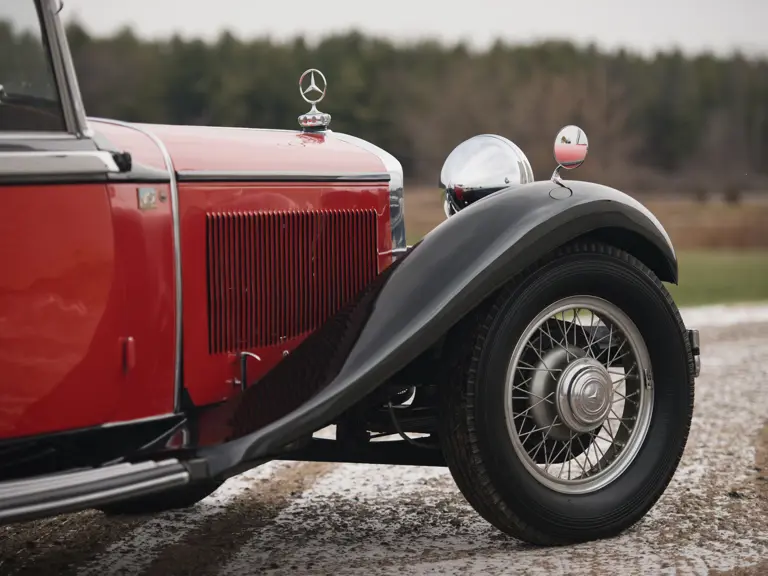
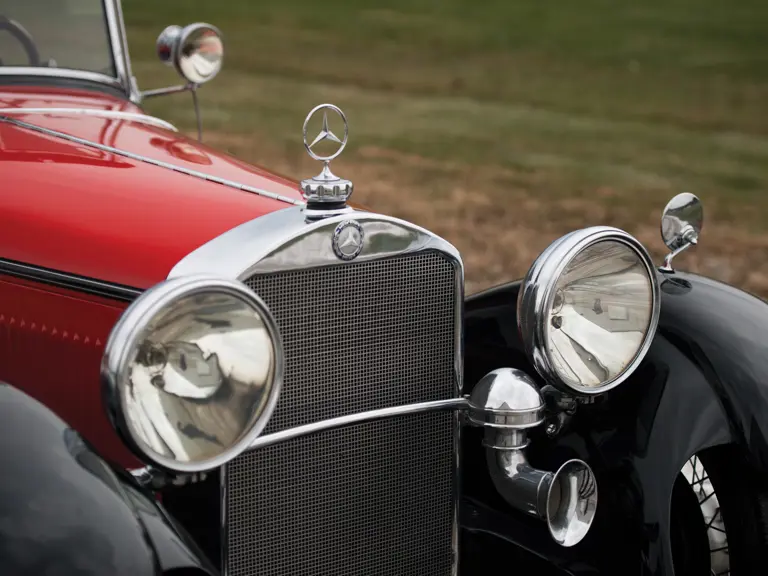
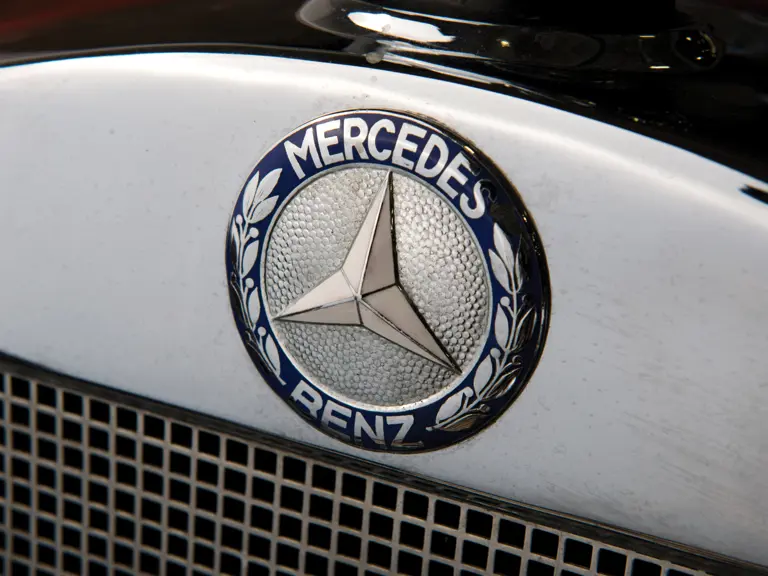
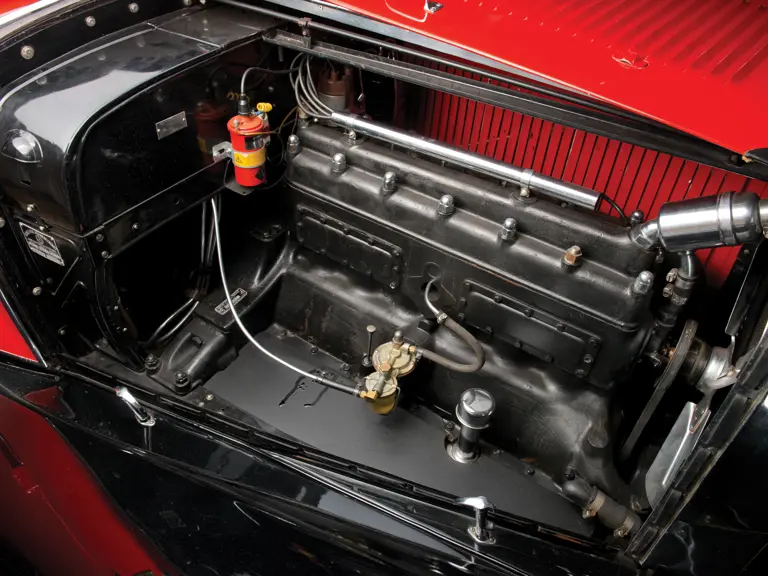
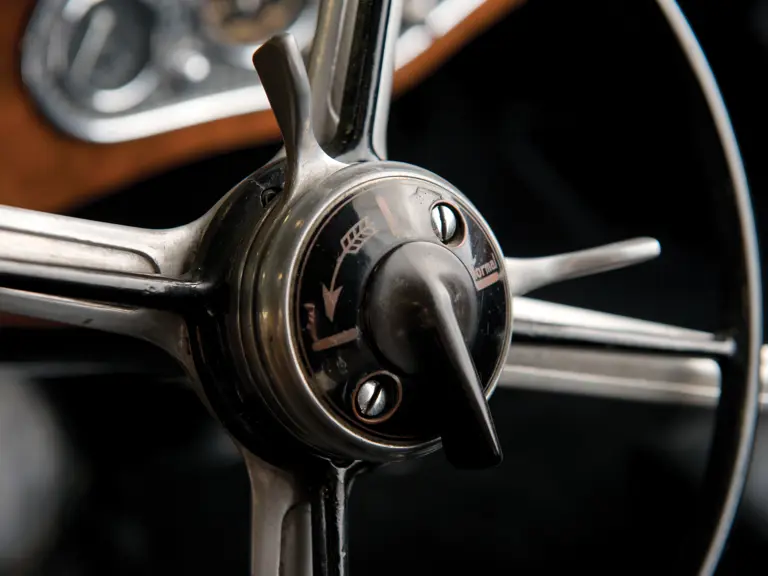
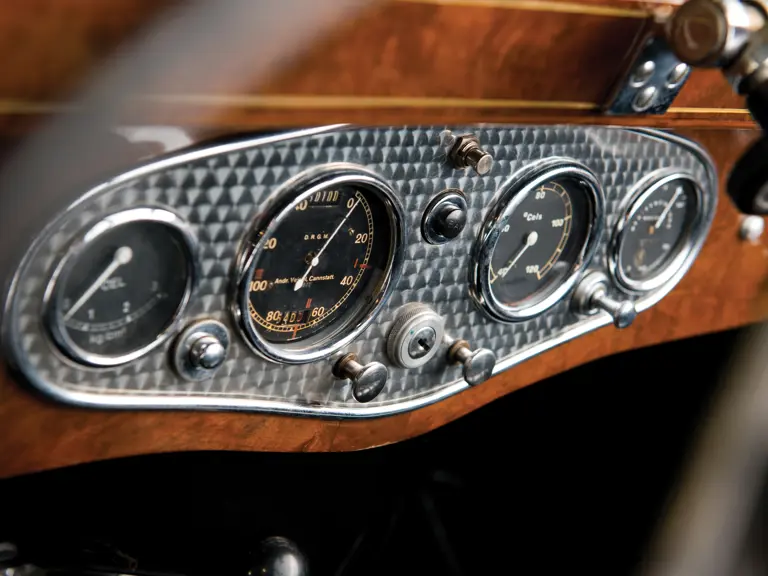
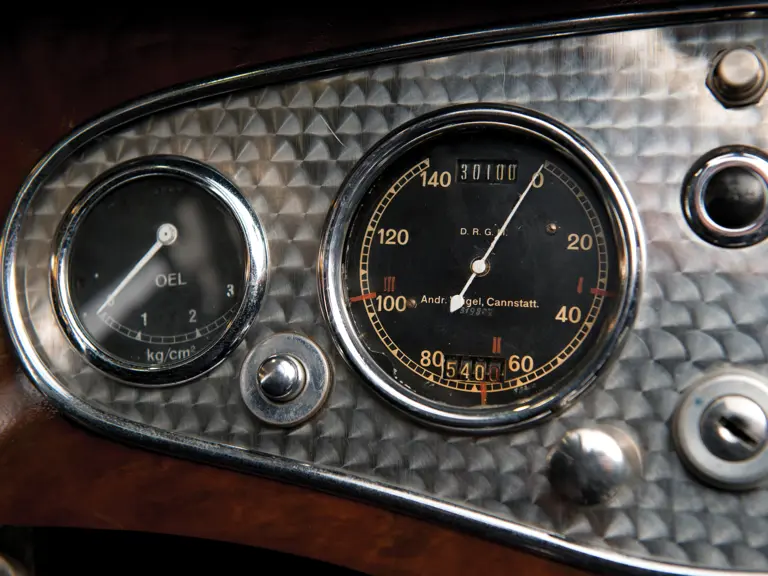
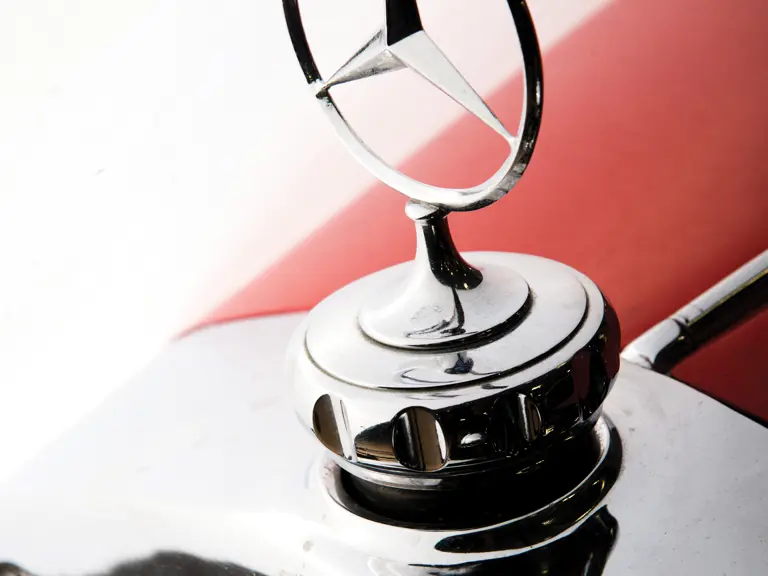
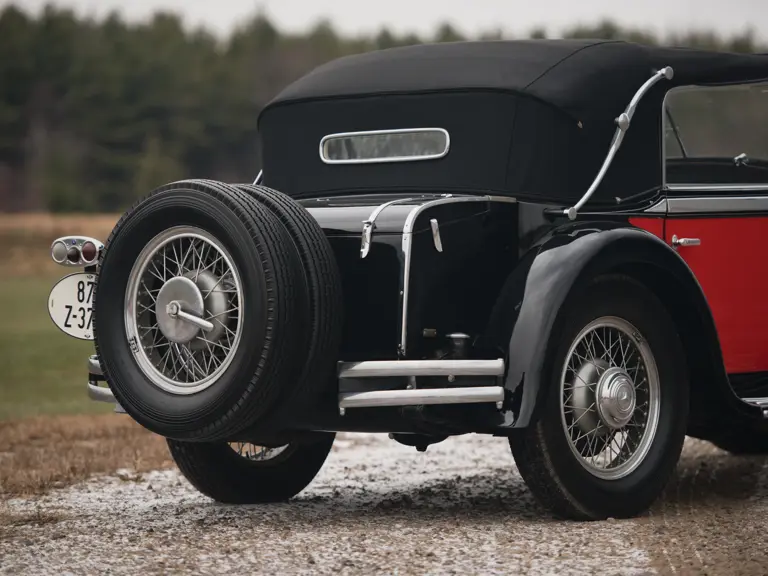
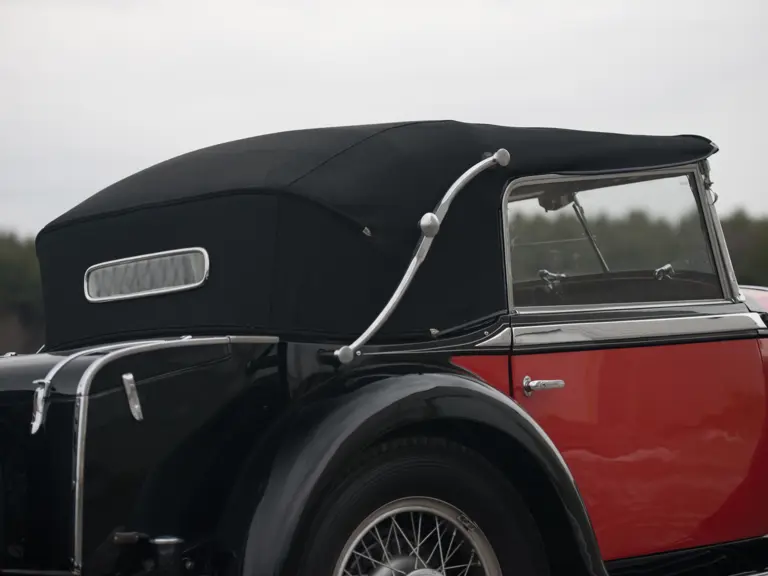
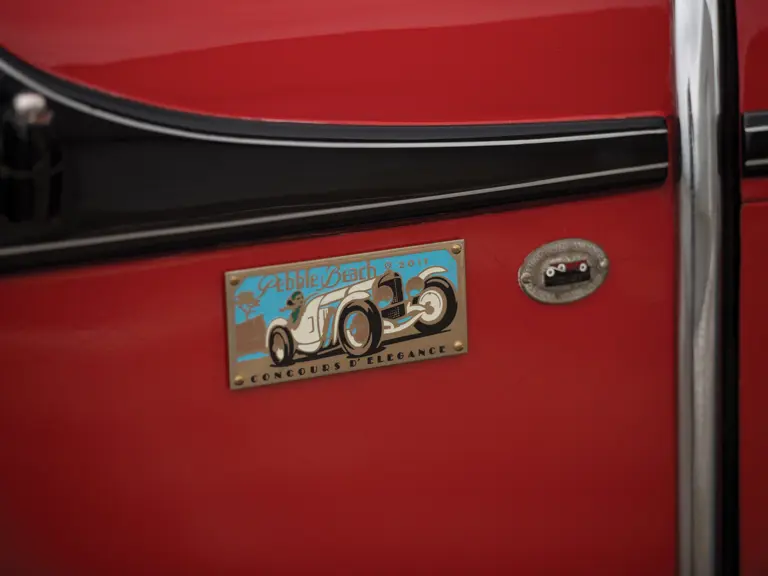


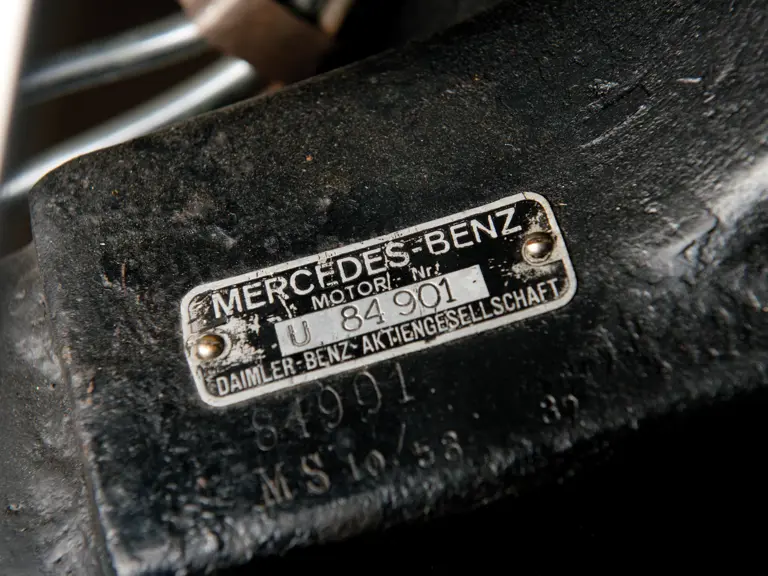
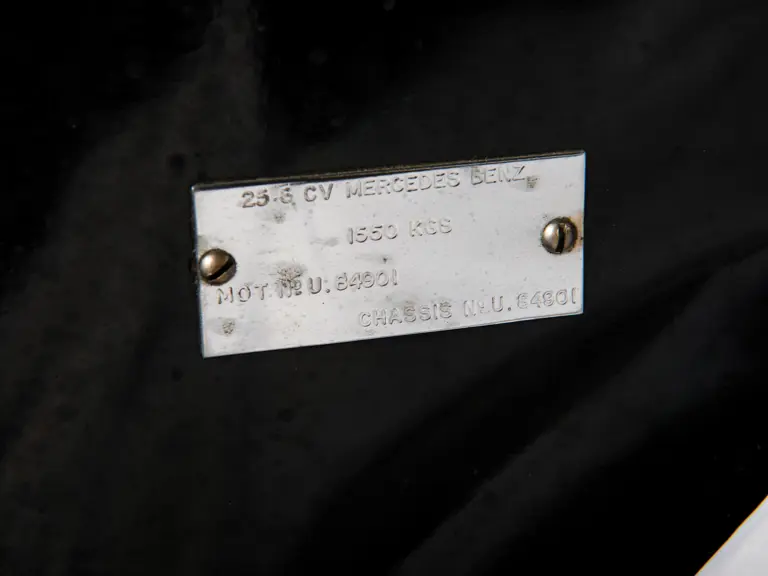
 | Amelia Island, Florida
| Amelia Island, Florida
